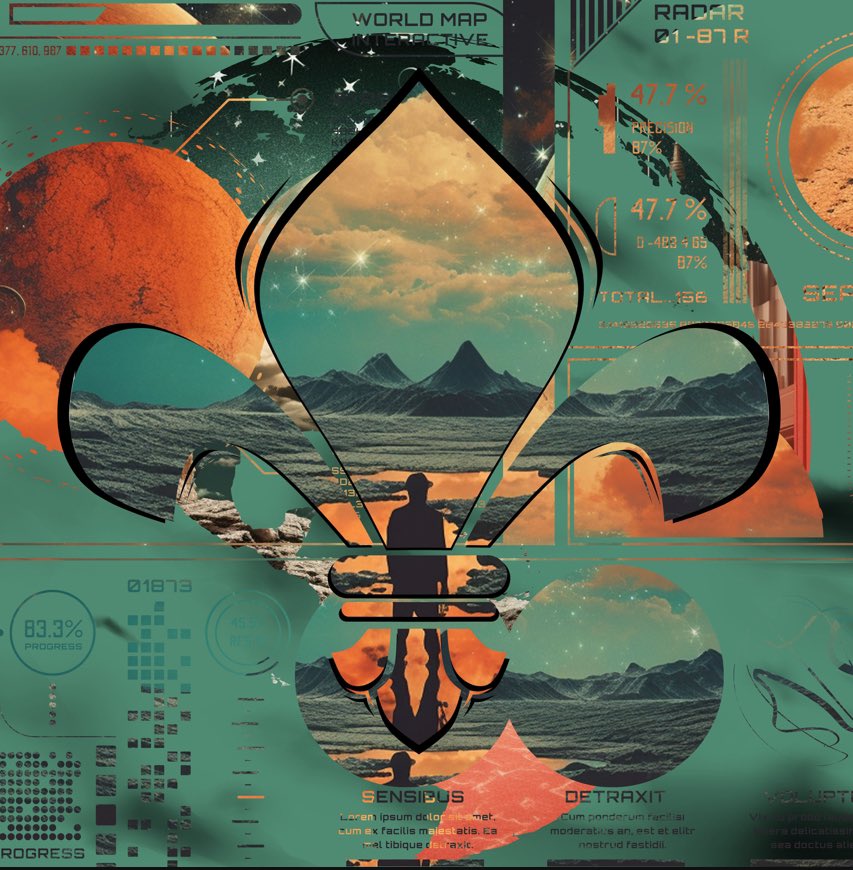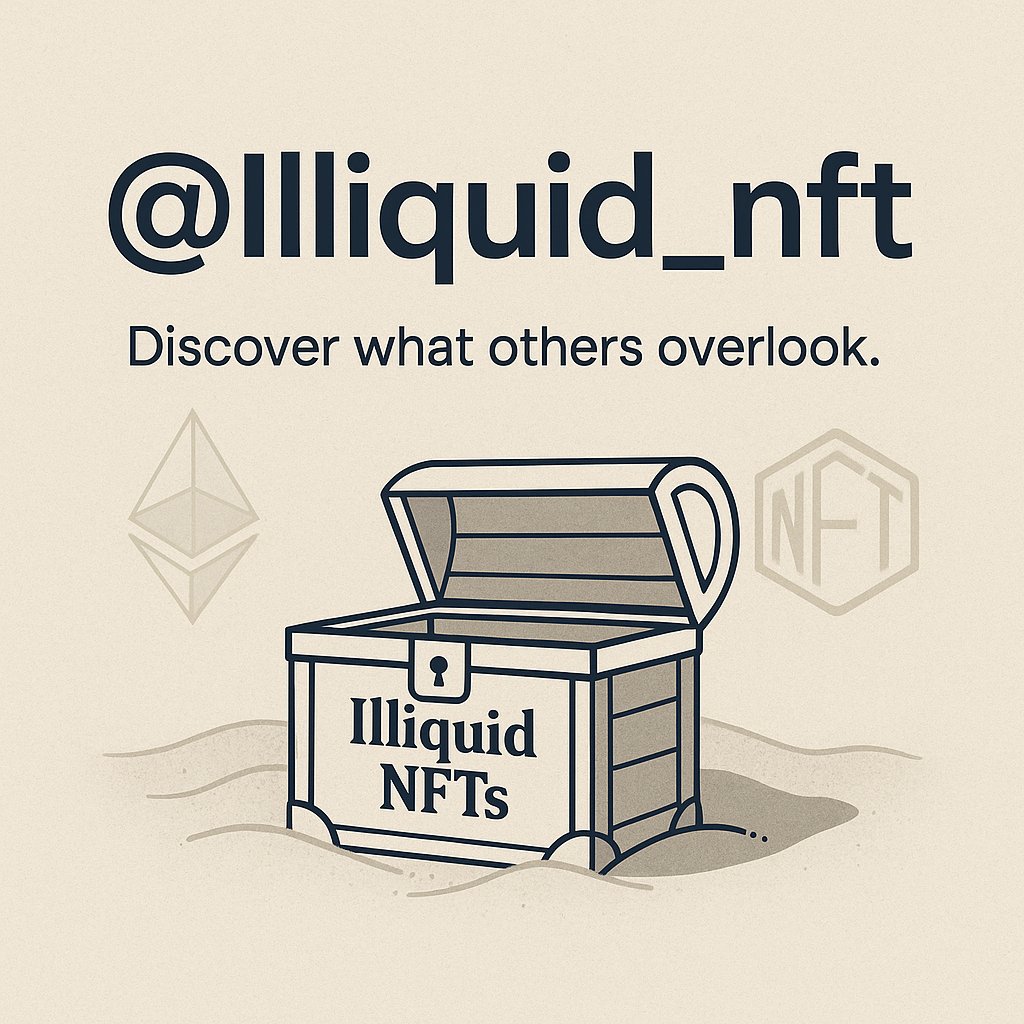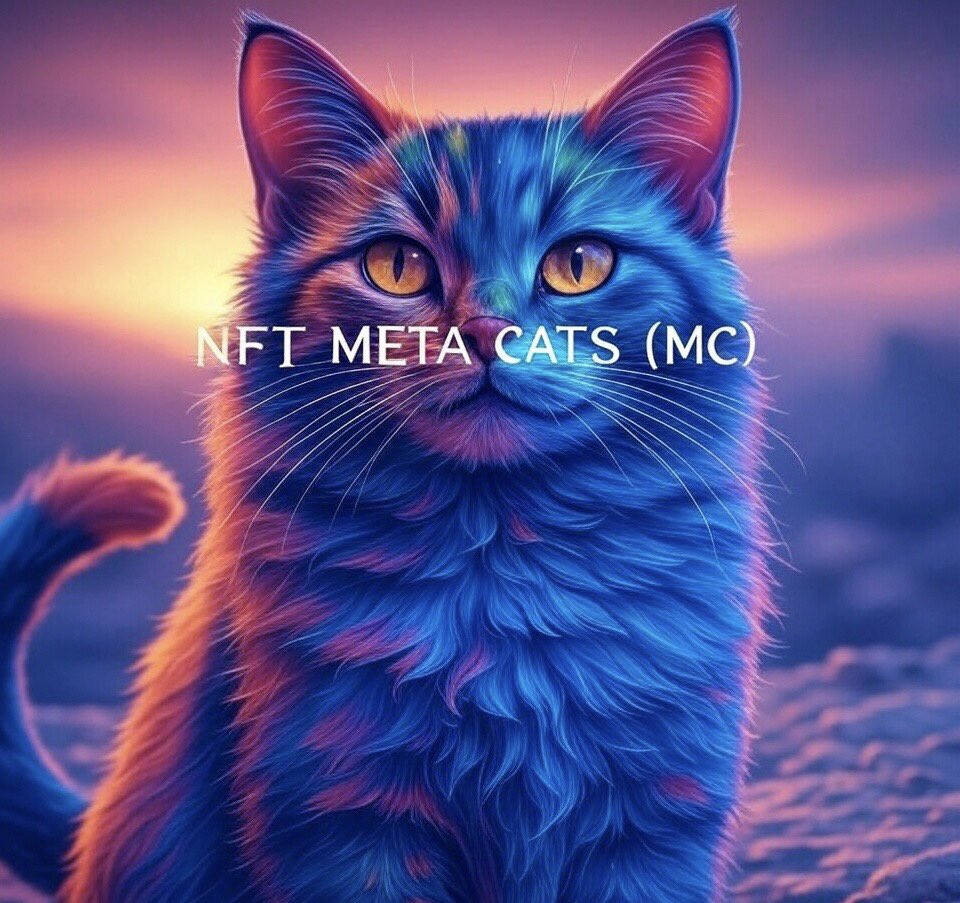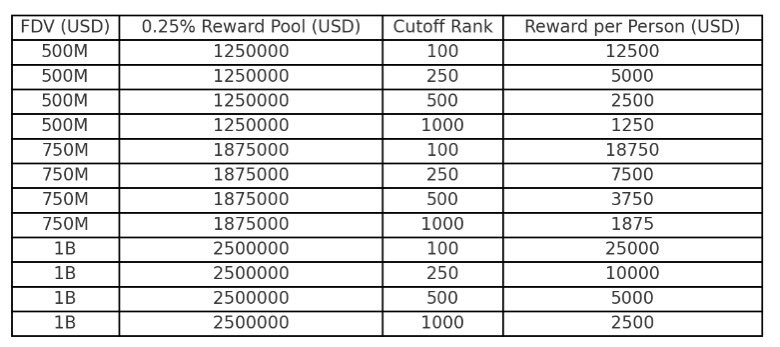The Silent Revolution: How AI is Quietly Reshaping Our World
The Ghost in Our Machines
You’re scrolling through your phone, and suddenly, an ad appears for the exact pair of shoes you were just thinking about. Your email drafts responses before you finish typing. Your thermostat learns your schedule. None of this is magic—it’s artificial intelligence, and it’s already embedded in our daily lives. AI isn’t some distant sci-fi concept anymore; it’s the invisible hand guiding decisions, shaping economies, and even influencing human behavior.
But how did we get here? And where are we headed?
—
From Code to Cognition: The Evolution of AI
The Early Days: Rules-Based Systems
AI wasn’t always this sophisticated. Early systems followed rigid, pre-programmed rules—think of chess-playing computers that could only react to moves within a fixed set of possibilities. These systems were powerful within their narrow domains but couldn’t adapt or learn.
The Machine Learning Leap
Everything changed when machines started learning from data instead of relying solely on human instructions. Machine learning (ML) allowed AI to recognize patterns, predict outcomes, and improve over time. Suddenly, AI could diagnose diseases, recommend movies, and even detect fraud—all by analyzing vast datasets.
The Deep Learning Revolution
Then came deep learning—a subset of ML inspired by the human brain’s neural networks. These systems could process unstructured data (like images, speech, and text) with astonishing accuracy.
– 2012: A deep learning model called AlexNet shocked the world by winning an image recognition competition, outperforming traditional methods by a landslide.
– 2016: AlphaGo defeated the world champion in Go, a game once thought too complex for AI.
– 2020s: Large language models (LLMs) like GPT-4 began generating human-like text, writing code, and even composing music.
Now, AI isn’t just analyzing data—it’s creating, reasoning, and making decisions in ways that sometimes even its creators don’t fully understand.
—
AI in the Wild: Where It’s Already Changing the Game
1. Healthcare: The AI Doctor Will See You Now
– Diagnostics: AI can now detect tumors in X-rays and MRIs faster and sometimes more accurately than radiologists.
– Drug Discovery: Companies like DeepMind (Google’s AI arm) have used AI to predict protein structures, accelerating drug development.
– Personalized Medicine: AI analyzes genetic data to tailor treatments for individual patients.
2. Finance: The Algorithmic Banker
– Fraud Detection: AI spots suspicious transactions in real-time, saving billions.
– Algorithmic Trading: AI-driven hedge funds now make split-second trades based on market trends.
– Credit Scoring: AI assesses risk more dynamically than traditional credit scores.
3. Entertainment: The Rise of Synthetic Creativity
– AI-Generated Art: Tools like DALL-E and Midjourney create stunning visuals from text prompts.
– Music & Writing: AI can compose symphonies, write poetry, and even draft articles (yes, the irony isn’t lost here).
– Deepfakes: AI-generated voices and faces blur the line between reality and fiction—raising ethical concerns.
4. Work & Automation: The Future of Jobs
– White-Collar AI: Legal research, accounting, and even coding are being automated.
– Robotics: AI-powered robots now work in warehouses, farms, and even fast-food kitchens.
– The Gig Economy: AI manages ride-sharing routes, food delivery logistics, and freelance job matching.
—
The Dark Side of AI: Risks We Can’t Ignore
1. Bias & Discrimination
AI learns from data—and if that data reflects human biases, the AI will too. Facial recognition has been shown to misidentify people of color more often, and hiring algorithms have favored male candidates.
2. Job Displacement
While AI creates new jobs, it also eliminates others. Truck drivers, customer service reps, and even some creative professionals may find their roles automated.
3. The Black Box Problem
Many AI systems operate as “black boxes”—even their creators can’t always explain how they arrive at decisions. This lack of transparency is a problem in critical areas like healthcare and criminal justice.
4. Existential Risks?
Some experts (like Elon Musk and Nick Bostrom) warn that superintelligent AI could one day surpass human control. While this sounds like sci-fi, the rapid pace of AI development means we can’t dismiss the possibility.
—
The Road Ahead: Where Do We Go From Here?
1. Regulation & Ethics
Governments are scrambling to catch up. The EU’s AI Act and U.S. executive orders on AI aim to set guardrails—but can regulation keep pace with innovation?
2. Human-AI Collaboration
The future isn’t humans vs. AI—it’s humans *with* AI. Doctors will use AI as a diagnostic aid, writers will use it as a brainstorming tool, and engineers will leverage it for rapid prototyping.
3. Democratizing AI
Open-source models and cloud-based AI tools are making the technology more accessible. Soon, small businesses and individuals will harness AI just as easily as big corporations.
4. The Next Frontier: Artificial General Intelligence (AGI)
Today’s AI is narrow (good at specific tasks). AGI would be human-like in versatility. If achieved, it could revolutionize civilization—or pose unprecedented risks.
—
Final Thought: The AI Paradox
AI is both a tool and a mirror. It amplifies human potential but also reflects our flaws—our biases, our creativity, our fears. The question isn’t whether AI will shape the future (it already is), but *how* we choose to shape AI.
Will we use it to build a fairer, more efficient world? Or will we let it deepen inequalities and erode trust? The answer depends not on the machines, but on us.
—
References





